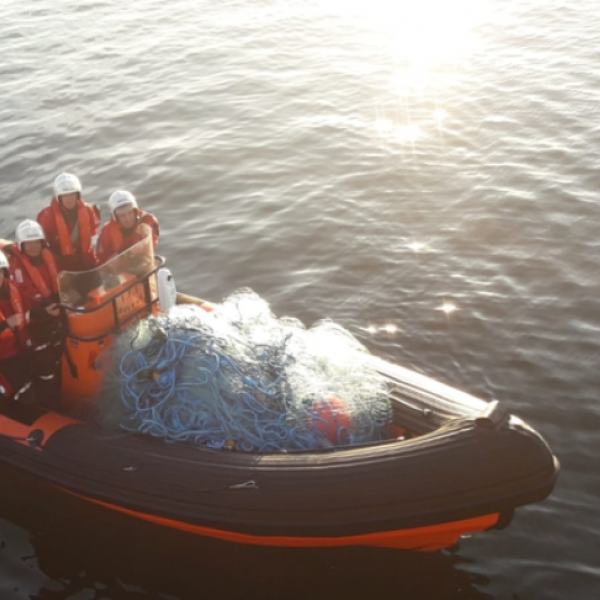
Circular economy
How we are working to minimise waste and the resources we use.
Background
According to the Irish government’s Waste Action Plan for a Circular Economy, the term "circular economy" is well-established among waste prevention and reduction networks and communities. It is not, however, so well understood by the general public.
Driven by increasing aware of the stress we are placing on our environmental resources, the concept is now spreading across sectors such as manufacturing, agriculture, water management and transport to name but a few. The circular economy can contribute to a number of the United Nations Sustainable Development Goals (SDGs) such as SDG7 (Affordable and Clean Energy), SDG8 (Decent Work and Economic Growth), SDG9 (Industry, Innovation and Infrastructure), SDG11 (Sustainable Cities and Communities), SDG12 (Responsible Consumption and Production), SDG13 (Climate Action), SDG14 (Life Below Water), and SDG15 (Life on Land).
What is a "circular economy"?
In a circular economy, waste and resource use are minimised; the value of products and materials is maintained for as long as possible through good design, durability and repair; and when a product has reached the end of its life, its parts are used again and again to create further useful products. The circular economy is an alternative to the traditional, linear economy, in which we extract great quantities of natural resources to make things that we may use once only before throwing them away.
How we are helping
We seek to incorporate a "circular" approach in all the areas of service we provide. Research and innovation are vital components in enabling us to identify, understand and realise the opportunities presented by the circular economy. This approach is enabling us to transform parts of our organisation, our supply chains and value chains to ensure we can respond to our sustainability challenges.
We are currently working with the Rediscovery Centre in Ballymun, Co. Dublin on a circular workwear programme. The aim of this collaboration is to repurpose our old and redundant workwear in an effort to remove waste from our workwear process and maximise the reuse of materials, to avoid conventional disposal by landfill or incineration.
During the course of our duties, we seize large volumes of illegal netting that will inevitably require disposal. These nets are composed of a mixture of materials, but are mainly made up of monofilament plastics. We are working with partners in BIM and academia to develop a sustainable solution to dispose of these materials responsibly and sustainably.

A circular approach to disposing of illegal nets
We seize significant volumes of plastics and other materials in the form of illegal nets every year, and are seeking better solutions for their disposal.